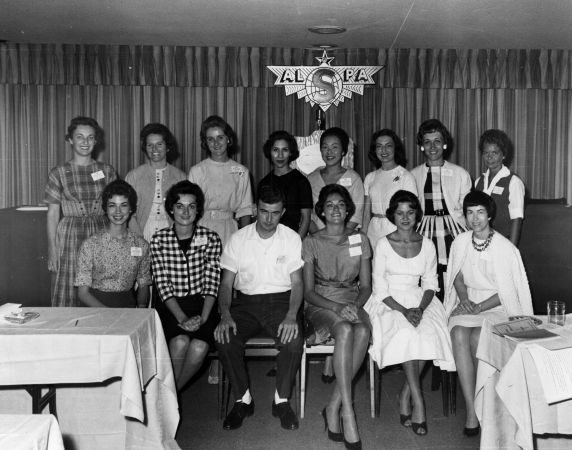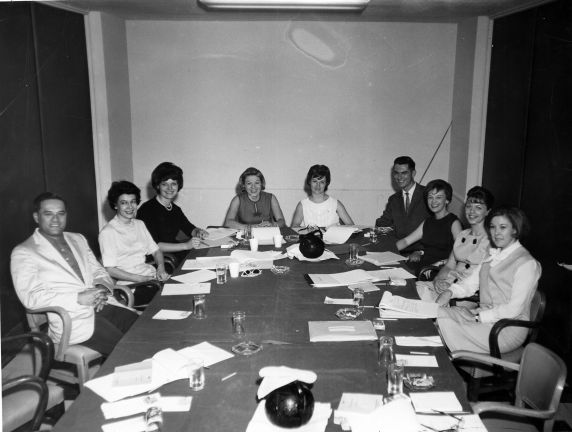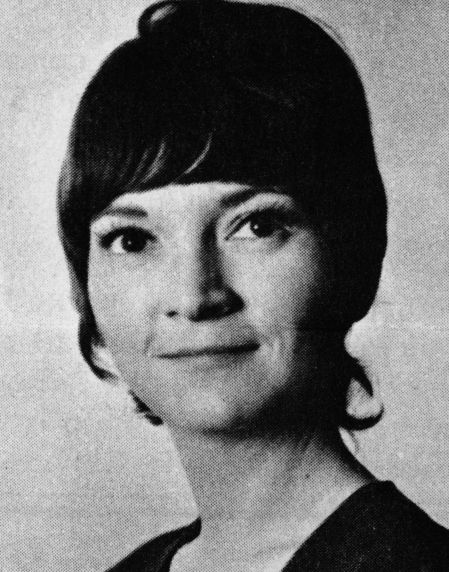Flight Attendants and the Air Line Pilots Association
It was 1973, and the Air Line Pilots Association was rife with tension. Things hadn’t been working out for a while between the Steward and Stewardess and Pilot Divisions of ALPA. It was clear to both that “the Problem” (as the relationship between the Pilot and S&S Division was being referred to) needed to be fixed. But a solution, one which would work for both divisions, ensuring pilot control over ALPA and stewardess autonomy, proved elusive. While “the Problem” was first brought to the fore in 1970, it took one convention, four study groups, and countless meetings, proposals and counter proposals, for the two divisions to work out a solution and bring the Association of Flight Attendants into being.
Flight attendants had always had a rather rocky, though workable, relationship with ALPA. It started when the Air Line Stewardess Association (ALSA) was reformed and affiliated with ALPA as the Airline Steward and Stewardess Association (ALSSA) in 1947. 1951 saw ALPA granting ALSSA a regular charter, and then in 1953 a permanent charter. In 1958-59, however, a squabble between the presidents of ALPA and ALSSA, Clarence Sayen and Roland Quinn, over autonomy of the stewardess union caused a major rift. ALPA rescinded ALSSA’s charter and formed the Steward and Stewardess Division of ALPA to represent stewardesses instead, thus splitting ALPA into two divisions. ALPA established the Pilot Division and the Steward and Stewardess Division, with two separate constitutions and sets of national officers, sowing the seeds for future conflict. A long drawn out court battle, and many representational battles for each airline ensued, and in the end ALPA’s S&S Division represented stewardesses on about half the airlines and ALSSA represented the other half. Over the years the S&S Division went on to represent the vast majority of stewardesses, but the move to include the stewardesses in ALPA was always a controversial one. Many pilots didn’t think they belonged and thought Sayen had pushed the measure through at the 1960 Board of Directors meeting. In turn, many stewardesses worried that they would be under the pilots’ thumb and controlled by the stronger, more numerous Pilot Division of the union.
Despite such problems, there were positives for the stewardesses under ALPA. The division had its own constitution and bylaws, elected their own national officers, had its own board of directors, executive council and board, and made many of its own policy decisions. The stewardesses benefited from ALPA’s financial assistance, and their wealth of organizers and especially lawyers, who helped with representation issues, and grievances. A number of major battles were fought while under ALPA during the 1960s when the Civil Rights Act passed and the EEOC was formed. Using Title VII, the S&S Division finally had some legal foundation to protest the sex based discrimination stewardesses had been powerless to fight until that time. They also benefited from strong leadership, starting with Doloros Kidder, Margie Cooper, and finally Kelley Rueck, who led the battle for a separate union.
Some things went well, others did not. The friction between the two divisions built up and the problems came to a head when Kelly Rueck came into office as Vice President of the division in 1970. She did not defer to the Pilot Division, nor did she allow them to force stewardess issues to the back seat; rather, she supported a feminist agenda, and sought outside legal advice on ALPA’s constitution, all of which made the Pilot Division uneasy. Rueck found a number of problems with the two-division approach in the ALPA constitution, many of which violated the Landrum-Griffin Act, a federal law which regulates union’s internal affairs. For instance, while the stewardesses could vote for ALPA president, only a member of the Pilot Division was eligible for that office; they could not vote for treasurer or secretary of ALPA; the Pilot Division could also dissolve the S&S Division at anytime they chose without vote or input from the stewardess division; and the stewardesses could not change their own constitution and by-laws without approval from the pilots. For their part, pilots were very uneasy with the fact that stewardesses could vote for ALPA president, even though the S&S Division traditionally abstained from voting (as did the pilots when it came time to vote for S&S Division Vice President). The last two presidential elections had been very close and the pilots knew that the S&S Division could move an election with a block vote.
In 1970 a Steward and Stewardess Division Study Committee was formed with members from both divisions to discuss these issues and decide what was to be done. The first committee failed to come up with a solution and two separate study committees were formed at the 1972 Board of Directors meeting, one representing each division. The flight attendants had three options: stay with ALPA, start their own union, or join another union that could represent them. Throughout 1973 the two divisions met. Six official propositions were drafted and rejected along with countless unofficial ones. Finally, in November 1973, the Agreement of Affiliation was sent to the Board of Directors of both groups for approval. This proposition established the Association of Flight Attendants as a separate union, affiliated with ALPA but autonomous, with total control over its own constitution and bylaws, policies, officers and membership. The agreement also included a five year Administrative Agreement in which ALPA would assist AFA financially and with legal help until the new union had a more solid footing of its own. The ballots were sent out in late November, and in January 1974 the stewardesses found a letter in their mailboxes from ALPA President J. J. O’Donnell and Kelly Rueck stating the agreement had been accepted, and the AFA would be a reality.
If you found this history interesting and want to learn more, the Reuther has many resources for you to peruse. First and foremost are the Steward and Stewardess Division Records, which document the division from establishment in 1960 to the AFA split in 1974. The AFA McDonald Case Records also shed light on discrimination flight attendants faced in the 1960s. You might also look at ALPA Governing Bodies: Board of Directors Records, ALPA Governing Bodies: Executive Committee Records, and ALPA Governing Bodies: Executive Board Records.
Kathy Makas is the Archivist for the Air Line Pilots Association (ALPA).
- srafferty's blog
- Login to post comments
- Printer-friendly version




 Reddit
Reddit Facebook
Facebook LinkedIn
LinkedIn